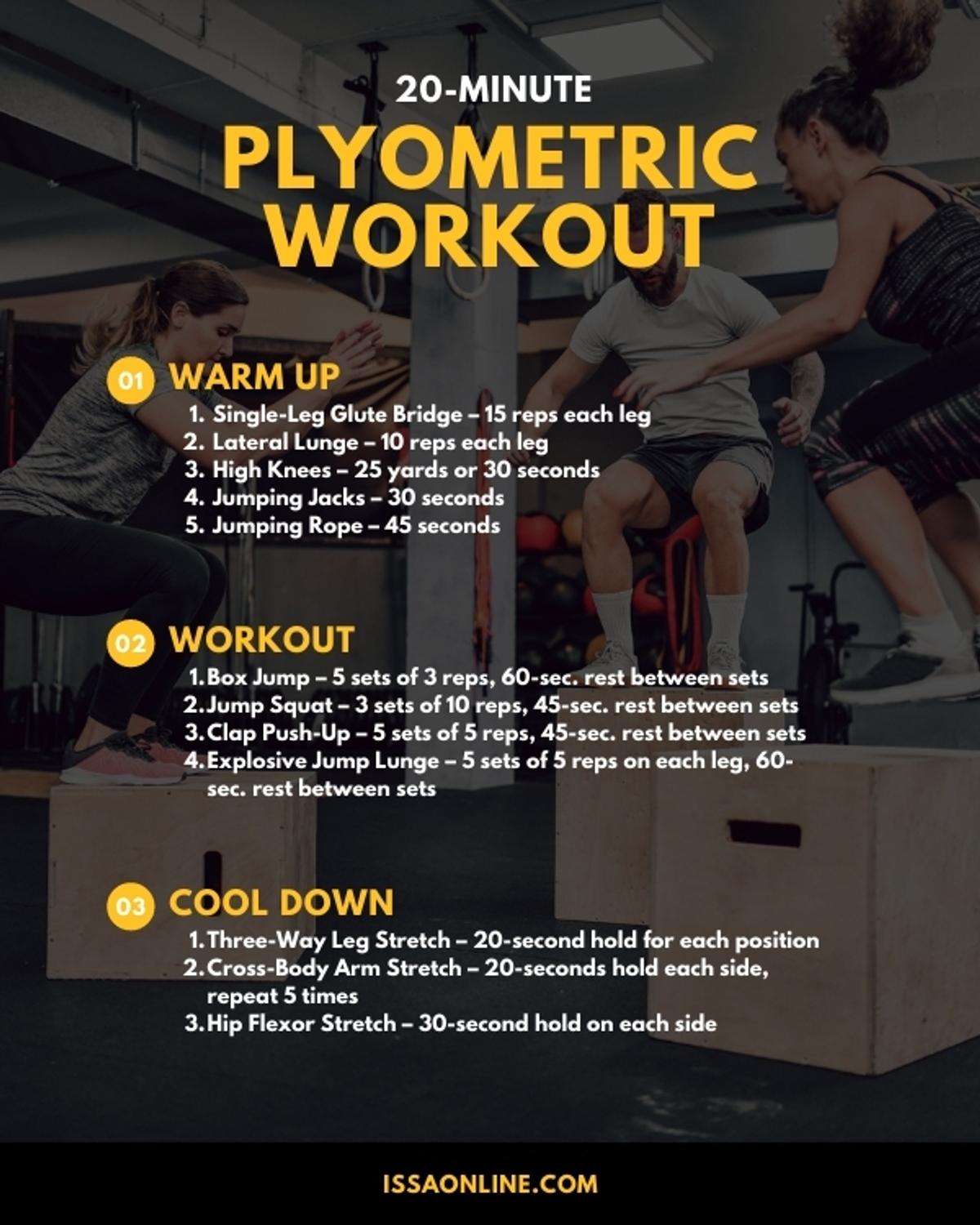

Revitalize and Thrive: Unleashing Fitness Recovery Strategies
Embarking on a fitness journey involves more than just intense workouts; it requires a balanced approach that includes effective recovery strategies. In this comprehensive guide, we’ll explore various strategies to revitalize your body, enhance performance, and ensure sustainable progress on your fitness path.
Understanding the Importance of Fitness Recovery
Fitness recovery is often underestimated, yet it’s a critical component of a well-rounded fitness routine. Adequate recovery allows your muscles to repair and adapt, preventing burnout and reducing the risk of injuries. Prioritizing recovery supports overall well-being, ensuring you can consistently perform at your best.
Rest and Sleep: The Foundation of Recovery
Quality rest and sufficient sleep lay the foundation for effective recovery. During sleep, the body releases growth hormone, essential for muscle repair. Aim for 7-9 hours of sleep per night, and consider incorporating short naps for an additional energy boost during the day. Quality sleep is a non-negotiable aspect of optimal fitness recovery.
Nutrition for Recovery and Energy Replenishment
Nutrition plays a pivotal role in recovery. After a workout, focus on consuming a balanced meal or snack that includes both protein and carbohydrates. Protein aids in muscle repair, while carbohydrates replenish glycogen stores, providing the energy needed for future workouts. Stay hydrated, and consider incorporating anti-inflammatory foods to reduce muscle soreness.
Hydration and Its Impact on Recovery
Proper hydration is often overlooked but is crucial for effective recovery. Water is essential for nutrient transport, temperature regulation, and overall cellular function. Ensure you’re adequately hydrated throughout the day, and consider adding electrolytes, especially after intense workouts or in hot conditions, to maintain optimal hydration levels.
Active Recovery: Keep Moving, Strategically
Active recovery involves low-intensity exercises that promote blood flow and enhance the removal of metabolic waste products from the muscles. Light activities such as walking, cycling, or yoga can be incorporated on rest days to facilitate recovery without causing additional stress to the body.
Incorporating Mobility and Stretching
Mobility exercises and stretching contribute to recovery by improving flexibility and reducing muscle tightness. Include dynamic stretches in your warm-up routine and static stretches in your cooldown. Incorporating activities like yoga or Pilates can further enhance flexibility and promote relaxation.
Massage and Self-Care Practices
Massage therapy, whether through professional sessions or self-massage techniques like foam rolling, can alleviate muscle tension and enhance recovery. Target specific muscle groups with massage tools or seek professional assistance for a more comprehensive recovery experience.
Cold and Heat Therapy: Alternating Approaches
Cold therapy, such as ice baths or cryotherapy, can help reduce inflammation and muscle soreness. On the other hand, heat therapy, through techniques like sauna sessions, promotes blood flow and relaxation. Alternating between cold and heat therapies can be a dynamic approach to recovery.
Mindful Practices for Stress Reduction
Stress has a direct impact on recovery, both physically and mentally. Incorporate mindfulness practices such as meditation, deep breathing exercises, or gentle yoga to manage stress levels. A calm and focused mind supports overall well-being and aids in the recovery process.
Consistency and Individualization in Recovery Strategies
Consistency is key in implementing effective recovery strategies. Experiment with various methods and observe how your body responds. Individualize your approach based on your specific needs, considering factors such as the intensity of your workouts, personal stress levels, and overall lifestyle.
Fitness recovery strategies guide is a valuable resource for optimizing your recovery routine. Explore a variety of strategies, experiment with different approaches, and tailor your recovery plan to suit your unique fitness journey. By prioritizing recovery, you’ll not only enhance your performance but also ensure a sustainable and thriving fitness experience.









